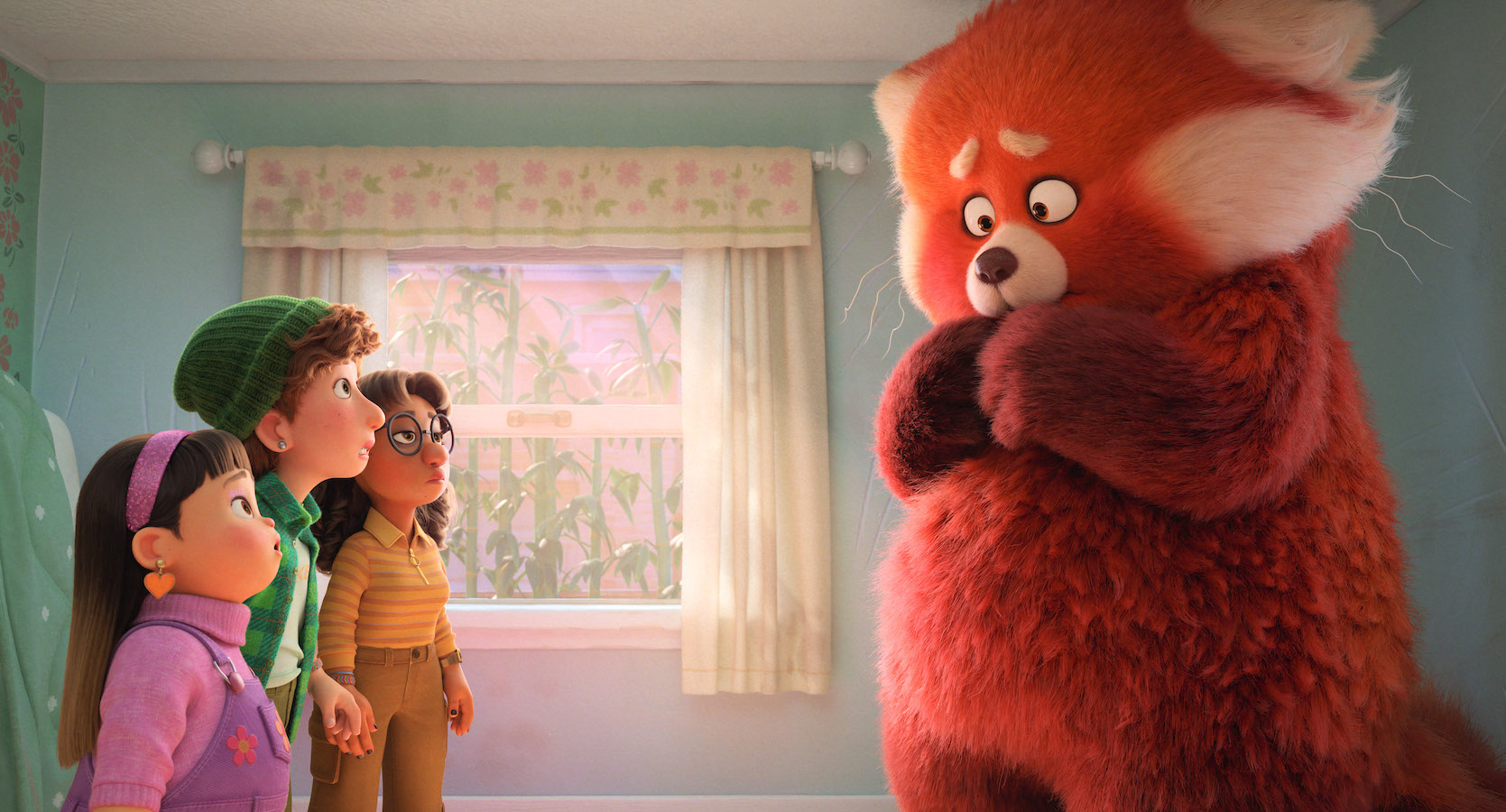Life Style: ‘Turning Red’ director Domee Shi breaking down barriers

DUBAI: Eleven years ago, Domee Shi, the director of Disney/Pixar’s latest film “Turning Red,” was sitting in the Pixar cafeteria with the only four other women who worked in the story department. She was a 23-year-old intern, lacking confidence and yet to find her voice as a storyteller, harboring a quiet dream that she was about to share for the first time.
“During this lunch, we decided to all go around the table saying our goals,” Shi tells Arab News. “This was the first time I actually said aloud, ‘I want to direct.’ I was immediately so embarrassed, and followed it up with, ‘Oh no! Why did I just say that?’”
As she covered her face in shame, something happened she didn’t expect; the women began to encourage her.
“Everyone was like, ‘Yes! Yes! Yes!’ I think just saying it, putting it out there, being with people that support and validate you, can make you feel not so alone,” Shi says. “It can feel so lonely being a woman, being a person of color in this industry. It’s so important to find those allies to help you not feel alone as you struggle and work your way through this industry. That was so huge for me.”
“Turning Red” is Shi’s feature-length directorial debut, following her Academy Award-winning short film “Bao” — the first Pixar short to be directed by a woman. The new feature is many aspects of Shi’s heart laid bare: It’s an ode to the sorts of friends she was just talking about; a dissection of mother-daughter relationships; and a love letter to the world in which she grew up: Toronto in the early 2000s — full of vibrantly diverse culture and boy bands galore.
“At Pixar, they really encourage their filmmakers to bring their stories from personal experience. I think you can see it from the earliest movies like ‘Monsters, Inc.’ with Pete Docter, and his relationship with his newborn baby at the time of being a new father. I think, even then, they were following that same philosophy,” says Shi.
“In making this movie, I was really encouraged to look within my personal experience, growing up as an awkward, cringy, 14-year-old girl and just trying to put as much of that as possible into the movie to try to reach out and connect with audiences. I was this Chinese-Canadian, dorky, sassy, nerdy young woman who thought she had everything under control. I was mom’s good little girl, and then boom! Puberty hit, and I was bigger. I was hairier. I was hungry all the time. I was a hormonal mess. And I was fighting with my mom, like, every other day,” she continues.
“Turning Red” makes that transformation something much more literal. Meilin Lee, a 13-year-old Chinese-Canadian girl, awakes one day to find that whenever she experiences a strong state of emotion, she turns into a gigantic red panda — something she can only keep under control with the support of her friends.
“I feel like the overall theme of the movie is so universal. It’s about this kid coming of age and trying to figure out who she should become, and how she can honor both her parents and herself at the same time. That universality allowed us to be more specific and niche with our creative decisions,” says Shi.

“It’s one of the reasons why you go to watch a movie, to step into a world that maybe you’re not familiar with. Here, for the first time, audiences can step into this very specific world of a tween Asian girl growing up in Canada and get a window into her life, making dumplings with her mom and watching soap operas on TV and hanging out with her super-multicultural friends. It’s chock-full of Canadian-isms and little Chinese easter eggs as well. That richness is what makes audiences lean in.”
Shi also broke ground on the filmmaking side of things, making this the first Pixar film to stray from the studio’s signature animating sensibility and creating a new hybrid with anime — a bold decision and one the team at Pixar embraced wholeheartedly.
“The crew all were so excited and so on board with trying this East-meets-West anime-Pixar hybrid style to tell this story. Everyone was so eager to jump in and learn about Eastern animation styles. Not everyone on the crew knew what ‘Sailor Moon’ eyes were, or why she was leaking sweat when she was trying to hide her sketchbook from her mom,” says Shi. “We truly created a cultural exchange.”

Noting that the news was copied from another site and all rights reserved to the original source.
xnxx,
xvideos,
porn,
porn,
xnxx,
Phim sex,
mp3 download,
sex 4K,
Straka Pga,
gay teen porn,
Hentai haven,
free Hentai,
xnxx,
xvideos,
porn,
porn,
xnxx,
Phim sex,
mp3 download,
sex 4K,
Straka Pga,
gay teen porn,
Hentai haven,
free Hentai,




